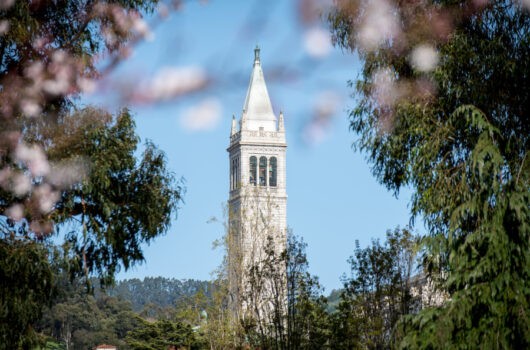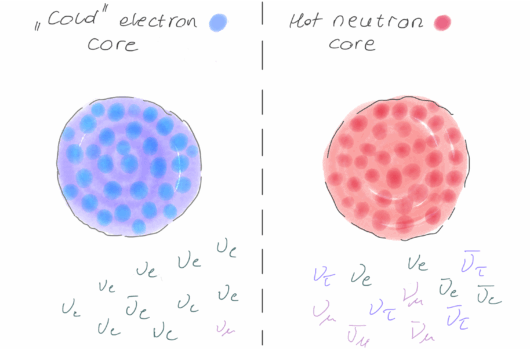On probing turbulence in core-collapse supernovae in upcoming neutrino detectors
On probing turbulence in core-collapse supernovae in upcoming neutrino detectors
View
Abstract
Neutrino propagation through a turbulent medium can be highly non-adiabatic leading to distinct signatures in the survival probabilities. A core-collapse supernova can be host to a number of hydrodynamic instabilities which occur behind the shockfront. Such instabilities between the forward shock and a possible reverse shock can lead to cascades introducing turbulence in the associated matter profile, which can imprint itself in the neutrino signal. In this work, we consider realistic matter profiles and seed in the turbulence using a randomization scheme to study its effects on neutrino propagation in an effective two-flavor framework. In particular, we find that the double-dip feature, originally predicted in the neutrino spectra associated with forward and reverse shocks, can be completely washed away in the presence of turbulence, leading to total flavor depolarization. We also study the sensitivity of upcoming neutrino detectors – DUNE and Hyper-Kamiokande- to the power spectrum of turbulence to check for deviations from the usual Kolmogorov (![]() ) inverse power law. We find that while these experiments can effectively constrain the parameter space for the amplitude of the turbulence power spectra, they will only be mildly sensitive to the spectral index.
) inverse power law. We find that while these experiments can effectively constrain the parameter space for the amplitude of the turbulence power spectra, they will only be mildly sensitive to the spectral index.




